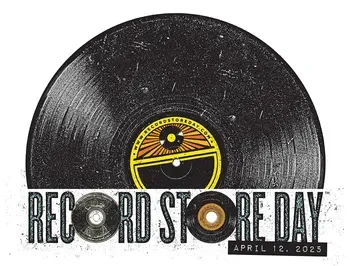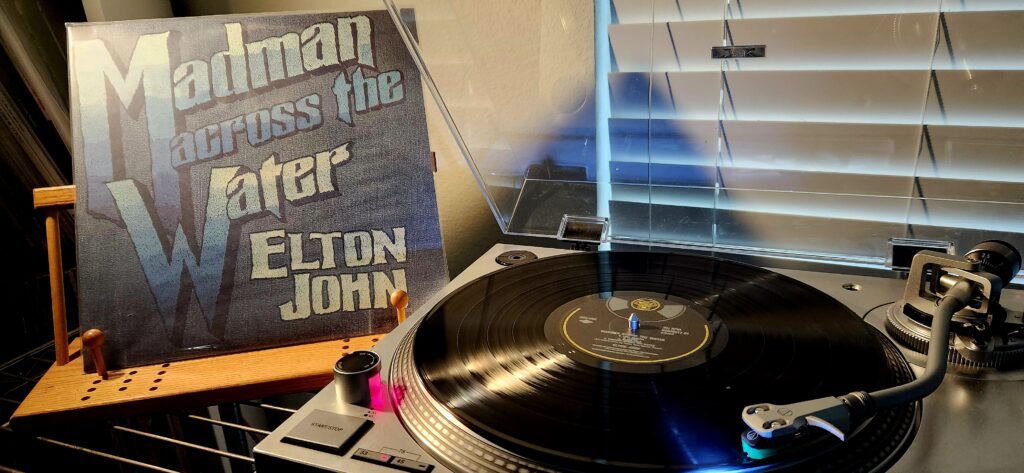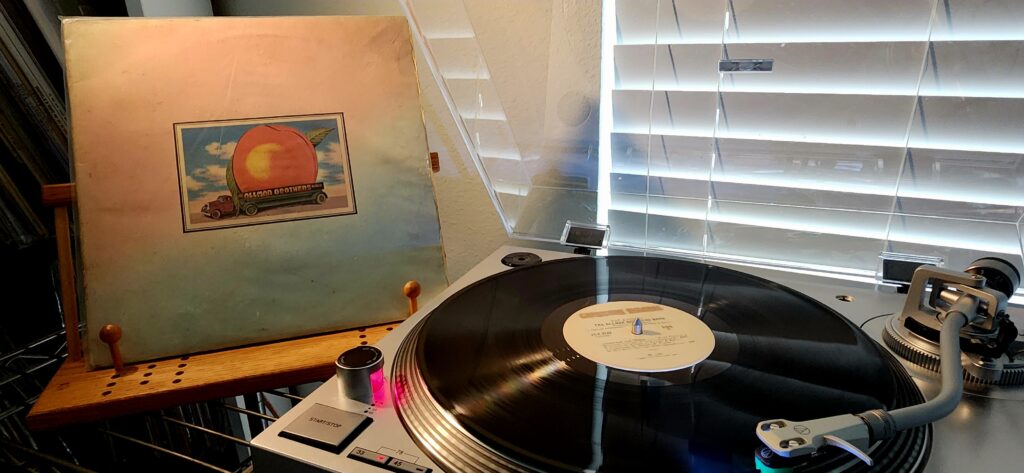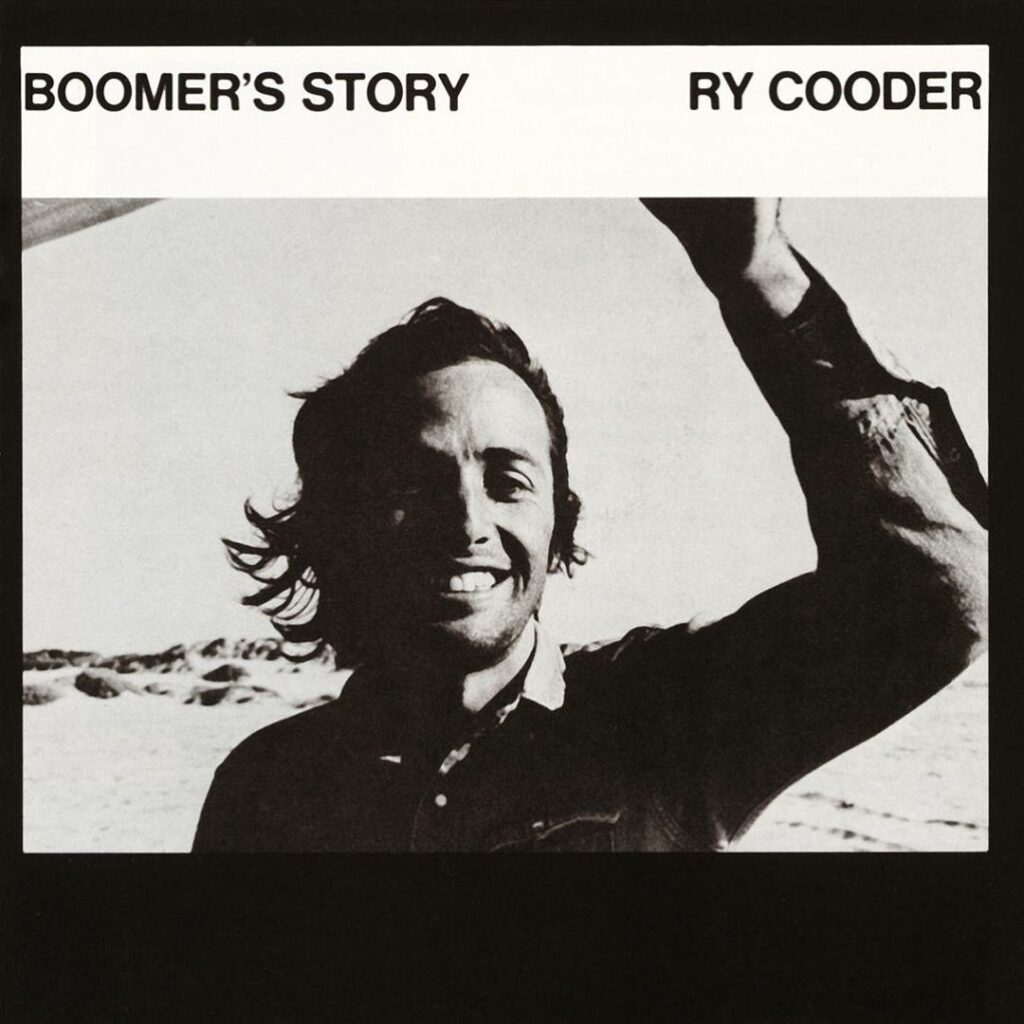
Record Store Day has recently announced its list of exclusive titles for RSD Black Friday 2024, which happens on Aprl 12th. See here for the complete list.
Some of the notable country and roots-rock releases include:
The Blasters – An American Music Story: The Complete Studio Recordings 1979-1985 – The Blasters are one of the bedrock acts that formed the template for the “Americana” music movement in the 1980s. Since their inception in 1979, the core members of the band have been Phil Alvin and his younger brother, principal songwriter and guitarist Dave Alvin, drummer Bill Bateman and bassist John Bazz. The box set consists of the band’s four studio albums — American Music, The Blasters, Non Fiction and Hard Line– along with a bonus disc of rarities. The 5 LP set is packaged inside a hard cover slip case box with a 24-page book featuring extensive liner notes by music journalist Chris Morris and interviews with the band members. Includes rare photos from the band’s personal collection with memorabilia and collector’s item images, along with a rare promotional poster for the Non Fiction album. The hand-numbered set will be limited to 1,000 copies and available only in the US. A must have for fans of the legendary American music band.
Jeff Bridges– Slow Magic, 1977-1978 – 3 “Music is the weed that keeps popping out of the concrete in my life. It just seems to want to come out.” –Jeff Bridges
Culled from a single decaying cassette tape labeled “July 1978,” these recordings are a window into the secret musical life of the Dude. Even after becoming one of Hollywood’s biggest stars, Bridges spent all his free time jamming and recording with a trusted circle of musicians composed of childhood friends, artists, and assorted L.A. oddballs. Imagine The Band playing at CBGB with The Exploding Plastic Inevitable. Or Arthur Russell and the Talking Heads collaborating on a suite of mutant disco. Though Bridges and his friends were brought up around the movie industry, they decided to create their own private musical universe, where they could be as weird as they wanted.
•All tracks previously unreleased
•20-pg booklet including liner notes by Sam Sweet, new interview with Jeff Bridges, and never-before-seen archival photos
•Featuring Burgess Meredith (Rocky)
•Vinyl pressed on transparent blue wax at RTI
Patsy Cline – Imagine That: The Lost Recordings (1954-1963) – Imagine That: The Lost Recordings (1954-1963) gathers unreleased performances of legendary country singer Patsy Cline. Though some have traded as bootlegs, all tracks are officially available in this collection and presented for the first time on vinyl. Expertly curated by discographer George Hewitt, this release provides a comprehensive selection of both rare cuts and live versions of chart hits. Introducing 15 new songs, such as “The Wrong Side of Town” and “Old Lonesome Time,” this marks the first new release of a Patsy Cline album in 13 years and is fully endorsed by the Patsy Cline Estate. Presented in loose chronology, this set traces the evolution of Patsy’s artistry from regional beginnings as a featured vocalist with Bill Peer’s Melody Boys in 1954 to hosting radio shows as a national headliner by 1963. Every period of Patsy’s storied career is represented in the tracklist and the book features insights and commentary on the music, the production, the era, and Patsy. Of special note, this collection offers the long sought “missing middle” by including many recordings from the pivotal year of 1959. Then a proud young mother, Patsy relocated to Nashville and soon after joined the cast of the Grand Ole Opry. A string of timeless hit records followed for posterity. This limited and numbered 2 LP set is pressed on 180g vinyl and released for Record Store Day 2025.
Ry Cooder – The Main Point – Live 1972 – The first-ever archival release from Warner’s vaults featuring the legendary songwriter, composer, and producer Ry Cooder. This collection includes a rare solo performance recorded at The Main Point in Bryn Mawr, PA, on November 19, 1972. While one track from this performance appeared on a Warner promotional release in 1972, this marks the first time the entire set will be available on black vinyl.
Cowboy Junkies– More Acoustic Junk – a new collection celebrating the iconic sound of Cowboy Junkies in stripped-down form.This Record Store Day exclusive release features five brand-new acoustic recordings alongside five tracks from the original Acoustic Junk album—three of which have been remixed for this compilation. Known for their haunting melodies and introspective songwriting, the band’s acoustic arrangements showcase the raw beauty and emotional depth that have captivated fans for decades. 180g Yellow Vinyl, Polylined inner sleeve, 3mm Spined LP Sleeve.
Hank III– Rebel Within – Unlike most post-millennium country “outlaws,” Hank Williams III has actually been fighting against something concrete instead of just nursing a bad attitude. Hank III likes his music as strong as his drink, and includes both his hard-edged trad-styled country and his “hellbilly” thrash metal project Assjack. There’s an undercurrent of metal/punk creeping through a few tracks on Rebel Within (the bursts of Cookie Monster vocals on the title cut and the breakneck finale of “Drinkin’ Over Momma”), but for the most part, this is the most straight forward country music Hank III has released since 2002’s Lovesick, Broke and Drifitin’; Billly Contreras fiddle, Andy Gibson’s steel guitar, and Johnny Hiland’s guitar give these songs a classic acoustic honky tonk feel while adding just enough electric elements to keep this from sounding like an exercise in retro-nostalgia. More than one writer has noted that Hank III sounds a lot more like his grandfather Hank Williams than his dad Hank Willimas Jr. ever did, and he writes the kind of melodies that suit his weathered, soulful twang just right. Rebel Within captures a tone of bad luck and trouble with a grace and gravity that’s manna from heaven for fans of 100-proof roadhouse music. Rebel Within is strong, heartfelt work that proves Hank III hasn’t turned his back on pure country music. Pressed on acid-washed colored vinyl!
The Jayhawks– Blue Earth -The Jayhawks’ second album, released on Twin-Tone Records, has not been on LP since it was originally issued in 1989. This Record Store Day 2025 release includes a 7” EP with four bonus tracks never on vinyl.
Ralph Stanley– Man of Constant Sorrow – Ralph Stanley cut his first recordings with the Stanley Brothers in 1947, and nearly 70 years later, is still one of the leading stars of bluegrass music, as well as one of the towering figures of American roots music. Long a hero in bluegrass circles, Stanley broke through to mainstream popularity in 2000 with his striking performance of “O Death” in the movie O Brother, Where Art Thou?, and since then he’s continued to record and perform, teaching new fans about the beauty and history of mountain music.On Man of Constant Sorrow, Stanley and his latest edition of the Clinch Mountain Boys are joined by a diverse cast of vocalists who help perform a collection of bluegrass classics; guests include Robert Plant, Dierks Bentley, Ricky Skaggs, Jim Lauderdale, Gillian Welch, Buddy Miller, David Rawlings, Old Crow Medicine Show, and many more. 12″ LP, Coke Bottle Clear vinyl, 4/C Gatefold Jacket, 4/C Inner Sleeve.
Marty Stuart & His Fabulous Superlatives– Space Junk – Space Junk, a 20-track double LP, is the first full instrumental album from country legend Marty Stuart And His Fabulous Superlatives. This limited-edition release features previously unreleased recordings, focusing on a celebrated aspect of Marty’s longstanding recording career. “Dreamcatcher”, the artwork for Space Junk, has been provided by Herb Alpert of Tijuana Brass and A&M Records fame.






